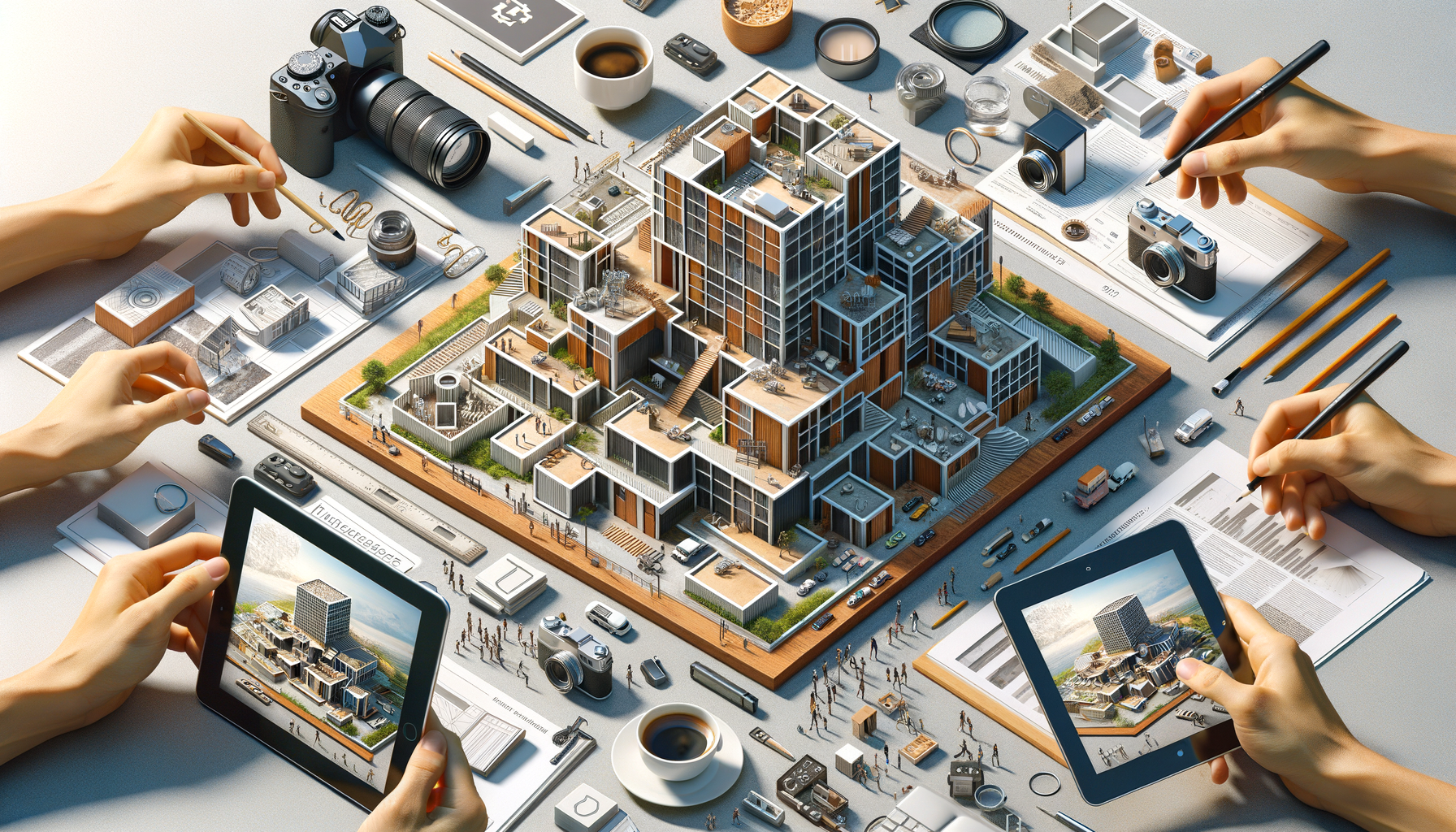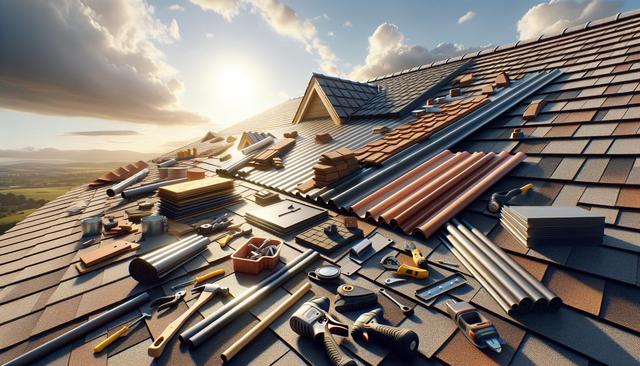The Versatility of PU Components in Modern Manufacturing
Polyurethane, commonly referred to as PU, is a material that has seen an expansive range of applications across various industries. Its versatility is attributed to its unique properties, such as flexibility, durability, and resistance to abrasion and chemicals. In 2025, PU components are at the forefront of innovation, finding uses in automotive, construction, and consumer goods industries, among others.
One of the remarkable characteristics of PU is its ability to be molded into different shapes and forms, making it an ideal choice for manufacturing components that require precision and customization. For instance, in the automotive industry, PU is used to produce seat cushions, gaskets, and insulation panels, providing comfort and efficiency. Its lightweight nature also contributes to fuel efficiency, a crucial factor in modern vehicle design.
Moreover, PU’s resistance to wear and tear makes it a preferred material in the production of industrial components. This includes wheels for conveyors, seals, and gaskets that endure high levels of stress and friction. The chemical resistance of PU further enhances its applicability in environments exposed to oils, solvents, and other chemicals.
Building Materials: The Role of PU in Construction
The construction industry has long benefited from the use of PU materials, particularly in insulation and sealing applications. In 2025, the demand for energy-efficient buildings has propelled the use of PU insulation materials to new heights. These materials are known for their excellent thermal insulation properties, which help in reducing energy consumption in buildings.
PU foam, in particular, is used extensively for insulating walls, roofs, and floors. Its ability to expand and fill gaps ensures a tight seal, preventing air leakage and enhancing the overall energy efficiency of buildings. Additionally, PU’s moisture resistance makes it an ideal choice for areas prone to dampness or high humidity.
Another significant application of PU in construction is in sealants and adhesives. PU-based sealants are used to fill gaps and joints in construction, providing a durable and weather-resistant seal. This enhances the longevity of structures and reduces maintenance costs over time.
Decoration Materials: Enhancing Aesthetics with PU
PU materials have also found their way into the realm of interior design and decoration, offering both aesthetic appeal and functional benefits. In 2025, designers are increasingly turning to PU for its ability to mimic natural materials such as wood and stone, providing cost-effective alternatives without compromising on appearance.
PU moldings and trim are popular choices for adding decorative elements to interiors. These components are lightweight, easy to install, and available in a variety of finishes and styles, making them a versatile option for both residential and commercial spaces. Furthermore, PU’s durability ensures that these decorative elements maintain their appearance over time, even in high-traffic areas.
In addition to moldings, PU is used in the production of furniture and home accessories. Its flexibility allows for innovative designs and shapes, catering to the evolving tastes and preferences of consumers. From chairs and tables to decorative wall panels, PU offers endless possibilities for enhancing interior spaces.
Comparing PU with Other Materials
While PU is renowned for its versatility, it is essential to compare it with other materials to understand its unique advantages. In many applications, PU competes with materials like rubber, plastic, and metal, each offering distinct benefits and drawbacks.
Compared to rubber, PU offers superior resistance to abrasion and chemicals, making it a more durable option for industrial applications. While rubber is flexible and resilient, PU’s ability to maintain its properties under stress gives it an edge in demanding environments.
When it comes to plastics, PU stands out due to its ability to be both rigid and flexible, depending on the formulation. This adaptability allows it to be used in a broader range of applications, from flexible foams to rigid panels. Plastics, on the other hand, are often limited to specific uses based on their inherent properties.
In comparison to metal, PU offers the advantage of being lightweight and corrosion-resistant. While metals provide strength and durability, they are prone to rust and require regular maintenance. PU’s resistance to environmental factors makes it a suitable alternative for applications where weight and durability are critical considerations.
Future Prospects of PU Materials
The future of PU materials looks promising, with ongoing research and development aimed at enhancing their properties and expanding their applications. Innovations in PU technology are expected to lead to materials that are even more sustainable, efficient, and versatile.
One area of focus is the development of bio-based PU materials, which are derived from renewable resources. These materials aim to reduce the environmental impact of PU production, aligning with the global push towards sustainability. Bio-based PU offers similar properties to traditional PU, making it a viable alternative for various applications.
Additionally, advancements in PU recycling processes are anticipated to improve the material’s sustainability profile. By enhancing the ability to recycle PU products, manufacturers can reduce waste and promote a circular economy, benefiting both the environment and the industry.
As industries continue to evolve and adapt to changing demands, PU materials are expected to remain a staple in manufacturing, construction, and design. Their versatility, combined with ongoing innovations, ensures that PU will continue to play a significant role in shaping the future of various sectors.




Leave a Reply